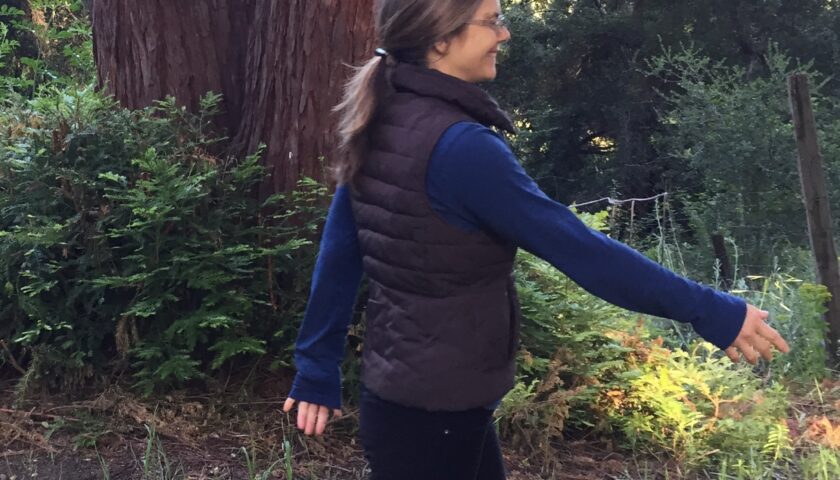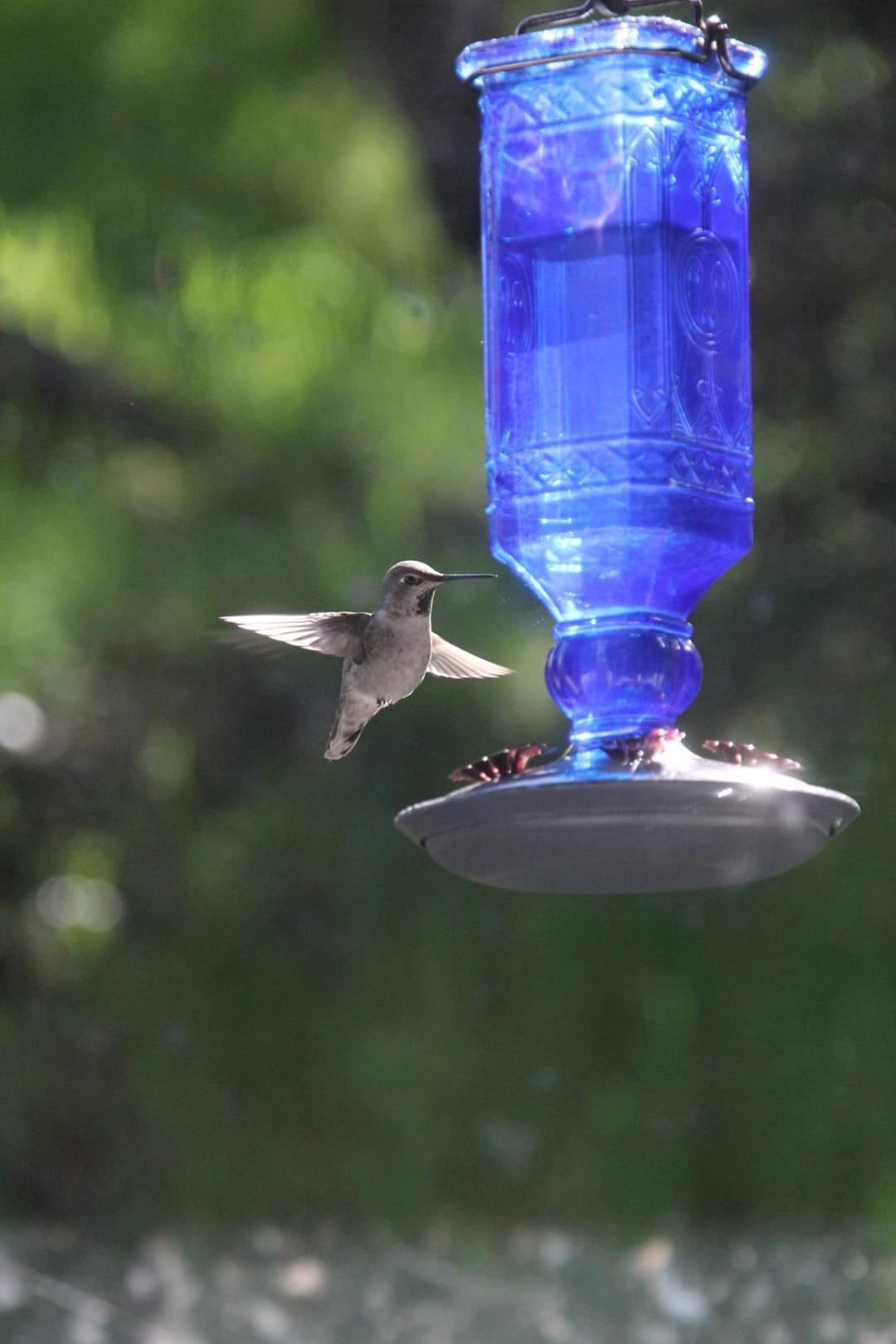Walking Towards Freedom
By Kelli Peacock
“A quail sits on a statue of a Buddha
Hummingbirds hover and feed on nectar
The human contemplates while walking” – Kōan by Kelli Peacock
How important is movement in our lives?
Reflexes and habitual movement patterns dominate a huge part of our human existence. Walking can be a healthy and dynamic meditation. Think of all the different ways people move…fast, slow, forward, backward, side to side, up and down. Bones, connective tissue, joints, muscles, and nerves orchestrate this beautiful dialogue within our body.
Awareness is a key function during a walking meditation. How does the weight transfer up from our feet through our torso? For instance, notice if your arms swing as you walk or run; if so, how does your body do this? What propels your body forward? Flexion, extension, and rotation make up the muscular reflexes that provide coordination around our center of gravity and lead us through space.

We can begin our exploration with movement of the hips. As you walk, notice the vertical locomotion of your hips, up and down as you put weight onto the leg, and horizontal locomotion as the leg swings forward. Can you sense a scooping tilt in the pelvis as the leg swings forward?
Now, move your attention up the body and notice your hip and shoulder connection on a diagonal. There is a subtle twist in the upper body that brings your shoulder and hip towards each other on a diagonal both in the front and back of the torso. This allows a swing in the arms that brings the opposite hand and foot forward. To experience this, try walking with the same foot and hand first. Notice the difference in sensation between the ipsilateral (same side) verses the contralateral (opposite) foot and hand. An ipsilateral walk might feel like you are walking like a penguin. Explore the power behind each of the walks and you will find that the opposite hand/ foot combination has more balance and strength.
Engaging contralateral awareness while walking keeps the body and brain flexible. Have you ever said, “I am going for a walk,” after a heated argument? Our bodies tell us what we need if we listen. Walking involves the left and right hemispheres of the brain working together to process complex information and physical coordination. It is the cross lateral motion within our “soma,” or body, while walking that works the kinks out in our mind-body connection.
Learning about postural patterns and habits can also lead to more physical and emotional freedom. Posture is a symbolic reflection of how we feel and how we react to things that have happened in our lives. Muscles caught in chronic holding patterns use energy and can be tight. This constant output of energy might be due to the body trying to protect an injured site or be a stress response to anxiousness, trauma, or fear. Chronic stress involves a strong sympathetic response in the body which can inhibit digestion and immunity. This turns off the long-term building projects like growth and tissue repair. “Tuning in and tuning down” the holding patterns within our neuromuscular reflexes can result in a decrease of this stress response. By tapping into the parasympathetic nervous system, we can rest and restore balance within our mind-body connection.
Walking as a somatic meditation is a simple way to reconnect with yourself. By paying special attention to your breath, movement, and stillness, you begin a journey of self regulation and discovery. The philosophy behind Hanna Somatic Education is not to push or force movement, but to slow down and listen more deeply. Thomas Hanna is quoted as saying, “The human body is not an instrument to be used, but a realm of one’s being to be experienced, explored, enriched and, thereby, educated.”
Kelli Peacock is a Hanna Somatic Educator and yoga instructor. Virtual somatic classes offered: Saturday Somatics with Kelli from 10:00-11:30 am | Every Sunday Somatic Yoga 6:00-7:15 pm | Every Monday Gentle Yoga 11:00 am-12:15 pm. Visit: easemountainyoga.com | peacockvision241@gmail.com
Photos contributed by Kelli Peacock
The San Lorenzo Valley Post is your essential guide to life in the Santa Cruz Mountains. We're dedicated to delivering the latest news, events, and stories that matter to our community. From local government to schools, from environmental issues to the arts, we're committed to providing comprehensive and unbiased coverage. We believe in the power of community journalism and strive to be a platform for diverse voices.





